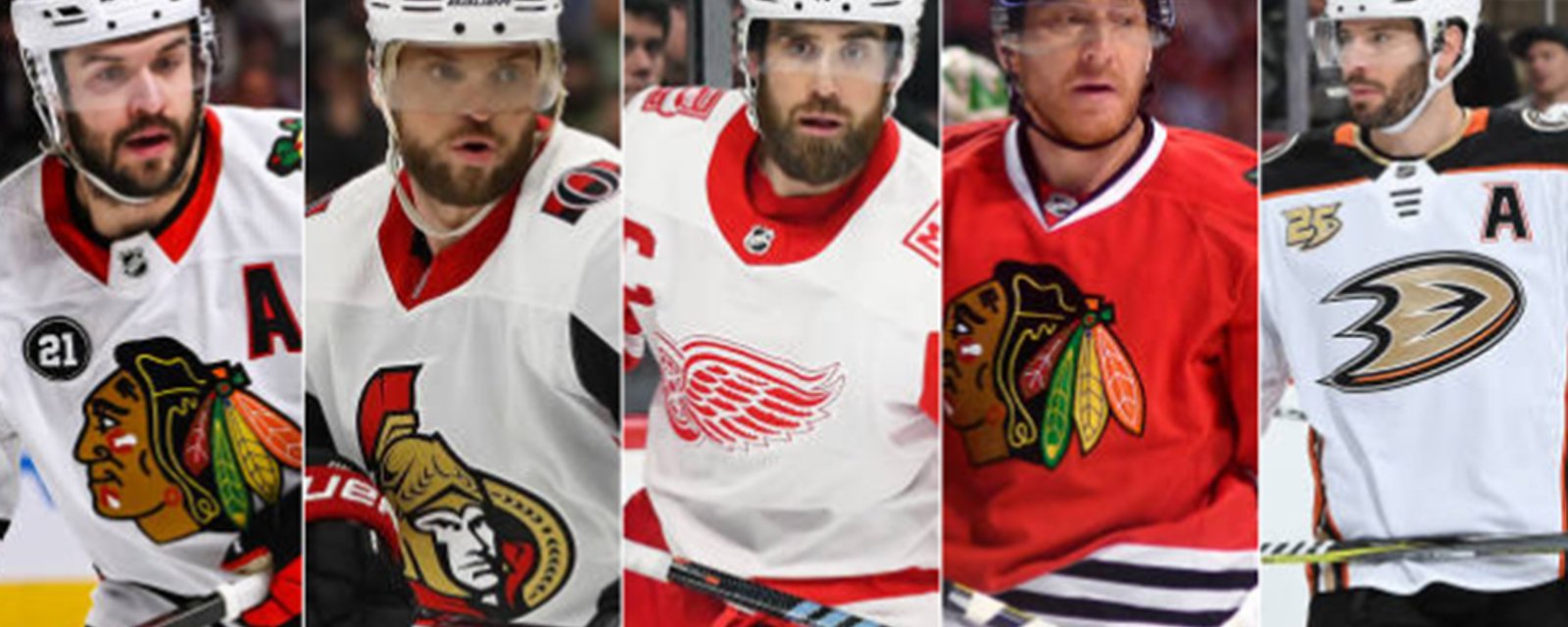
Leafs could go hunting for a big ticket contract this offseason
TSN insider Frank Seravalli with the details on a surprising development from Leafs management.
HockeyFeed
When the 2020 offseason begins (whenever that will be), Toronto Maple Leafs general manager Kyle Dubas is going to have his work cut out for him.
Not only does Dubas need to sort out what he’s going to do with pending free agents like Tyson Barrie, Cody Ceci, Travis Dermott, Jason Spezza, Kyle Clifford and others, but he’ll need to go fishing for some long-term-injury-reserve (LTIR) contracts to bury.
Huh?
Assuming the Leafs let big contracts like Ceci and Barrie walk, they’ll have more than enough space to fit everyone in, right? Wrong.
Also coming off the books this offseason are Nathan Horton and David Clarkson, whose contracts represented a boon to the team’s salary cap situation. You see, because both Horton and Clarkson were on LITR, the Leafs were granted nearly the entire value of their deals to allocate to the cap. Because of this, the Leafs were allowed to spend north of $95 million in a league with a $81.5 million salary cap.
With Horton’s and Clarkson’s contracts expiring this summer, the Leafs would be smart to add at least one new LTIR contract to their payroll. But who?
NHL insider Frank Seravalli targets a five options in his latest column for TSN: Ryan Kesler, Marian Gaborik, Henrik Zetterberg, Marian Hossa and Brent Seabrook.
Of those options, probably only Hossa and Seabrook make sense.
Now 41, Hossa has been living in his native Slovakia for the past few years after being unable to play as a result of a "progressive skin disorder." League doctors confirmed the validity of his injury, even though skeptics pointed out he walked away from the NHL after earning 94 per cent of his back-diving, $63.3 million contract. With a sizeable cap hit and just $1 million owed in real salary, the Coyotes acquired Hossa’s contract in 2018 and have also used it as a mechanism to exceed the cap. But it may not be required next season. Arizona has just $61 million committed and most of its key players are re-signed. If the Coyotes somehow find a way to keep Taylor Hall, or go on a spending spree, Hossa’s contract could prove valuable once again. With only one year left, it would also be of limited use to the Leafs.
It's an interesting idea, but Coyotes GM John Chayka acquired Hossa for literally the exact same reason the Leafs would look to acquire him. In any case, we know that Chayka is amenable to these types of deals. Could be worth investigating.
Seabrook underwent right hip surgery in February, his third operation – including his left hip and right shoulder – in a span of two months. But talk to those close to Seabrook and his motivation to keep playing has not waned. He’s told friends that he is moving as well as he ever has after connecting with a new trainer in the Chicago area. So, his inclusion on this list may well be premature. In fact, there is a chance Seabrook could be ready to return whenever the NHL does, especially if this pause drags on into August. Still, there has been no shortage of question marks about whether Seabrook will be able to continue after so much wear and tear. So while his term and relatively high cap hit would make him the most intriguing contract acquisition for the Leafs, his status as a true LTIR candidate might throw a wrench into that. Stay tuned.
Chicago Blackhawks GM Stan Bowman seems just as likely to tinker in these sort of “black arts”, but… is he prepared for a full-on rebuild? The Blackhawks may not be the juggernaut they’ve been for the previous decade, but a team with Toews and Kane should still compete for a playoff spot each season.
What do you think, Leafs fans?
For the full article, click below:
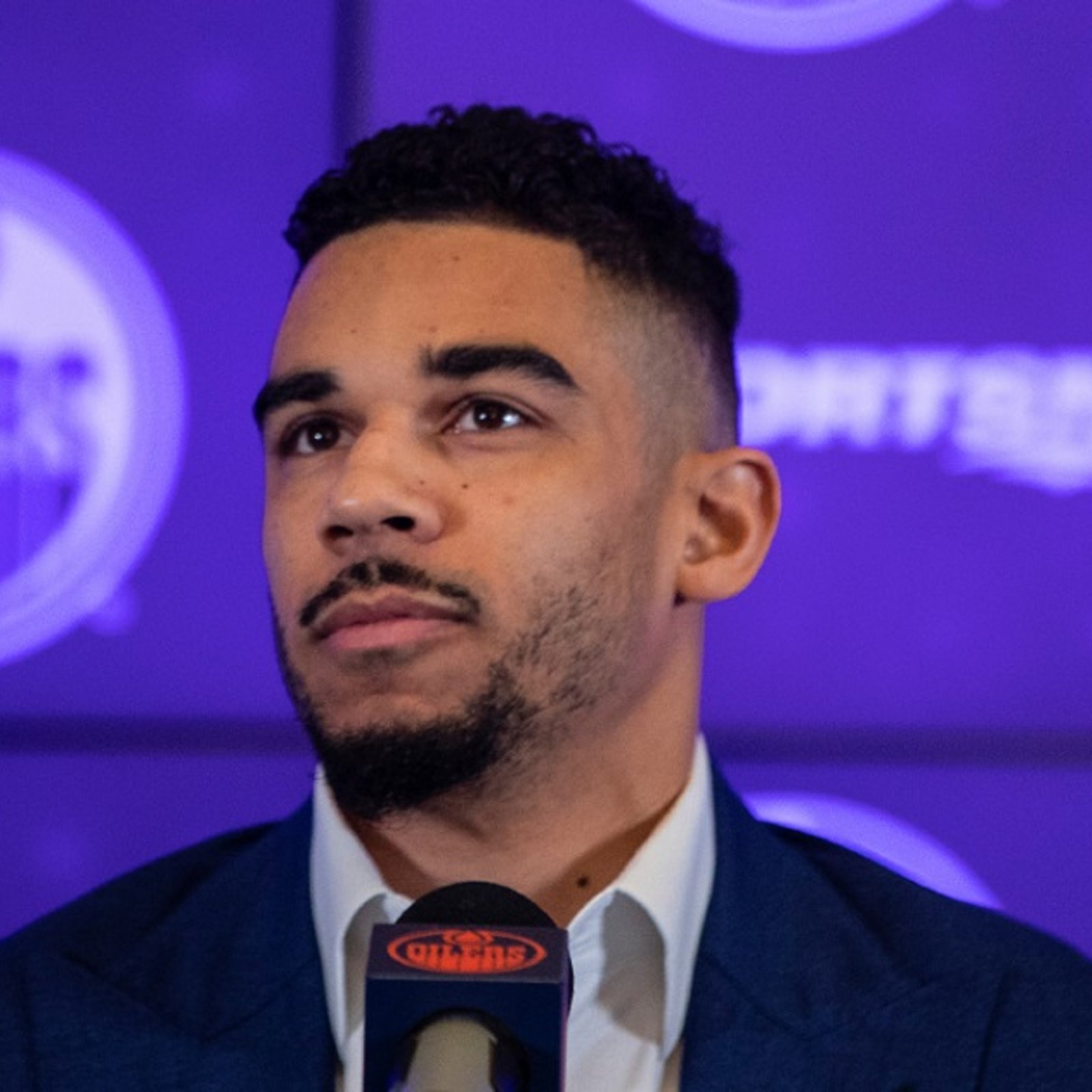
- Jonathan Larivee
Terrible news from Evander Kane just before Game 1.
- NHL News
- 2 minutes read

- Jonathan Larivee
Refs intervene over questionable act from Leafs after Game 1.
- NHL News
- 2 minutes read
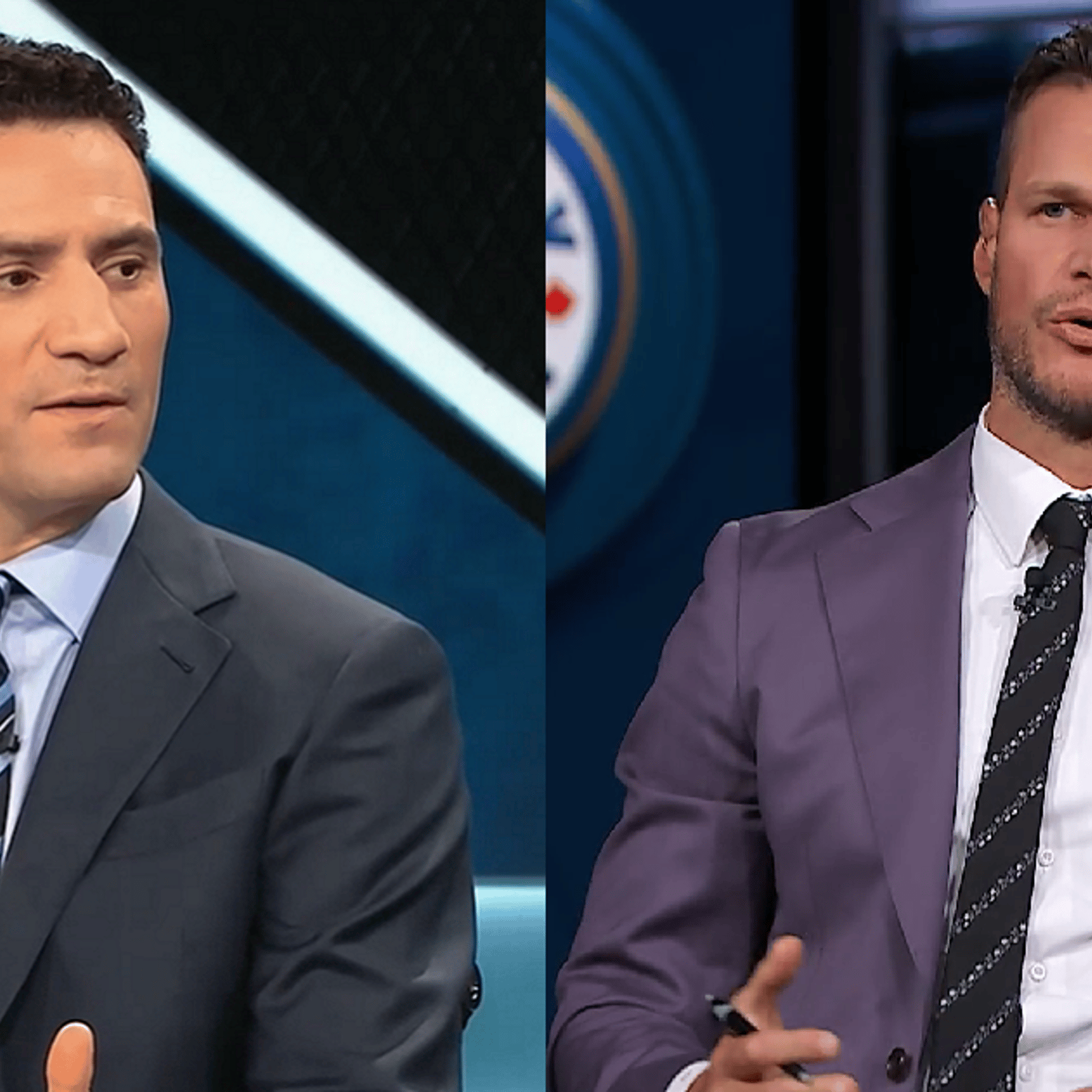
- Jonathan Larivee
Bieksa, Bissonnette call out 2 Maple Leafs after a brutal Game 1.
- NHL News
- 3 minutes read
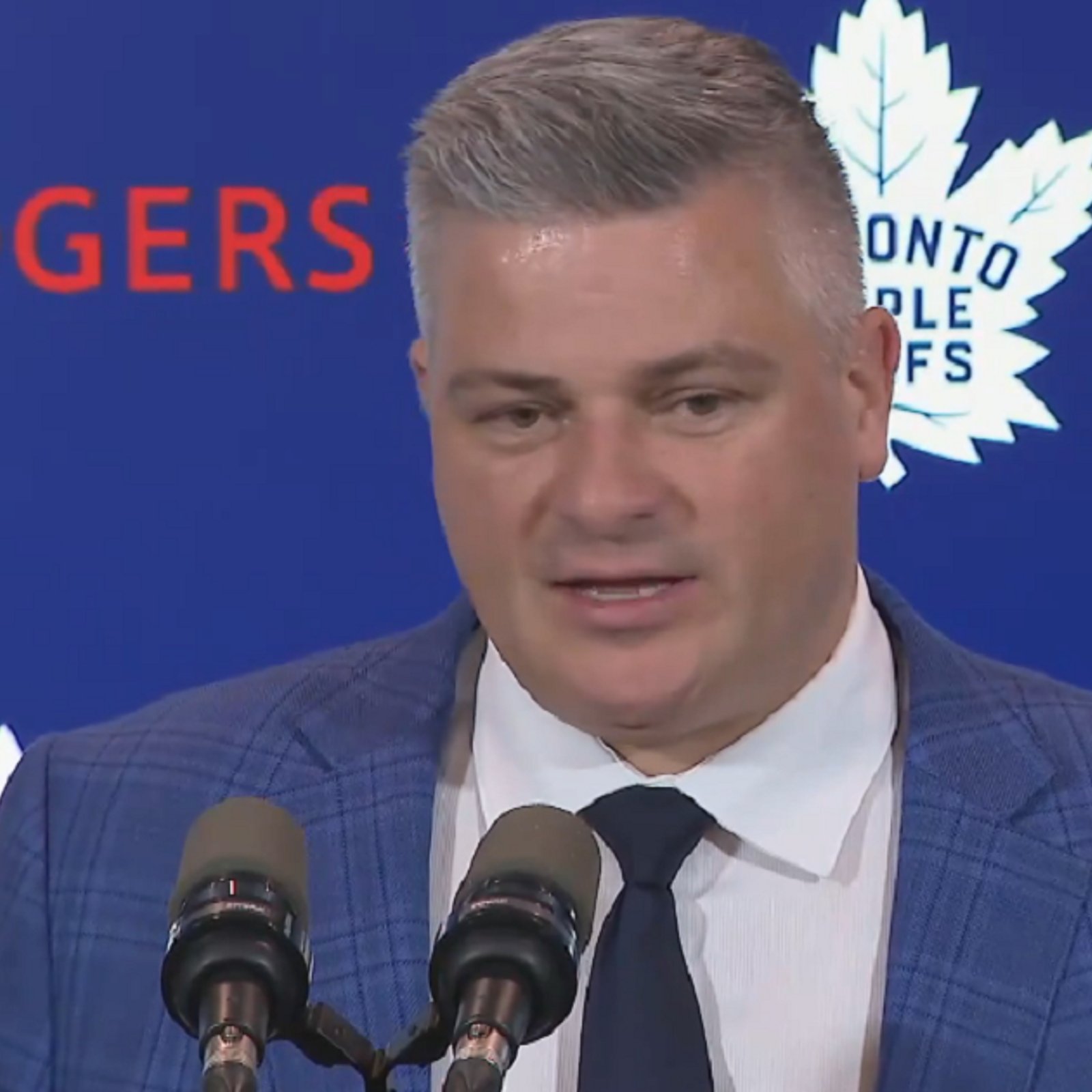
- Jonathan Larivee
Sheldon Keefe calls out Max Domi over Game 1 performance.
- NHL News
- 2 minutes read
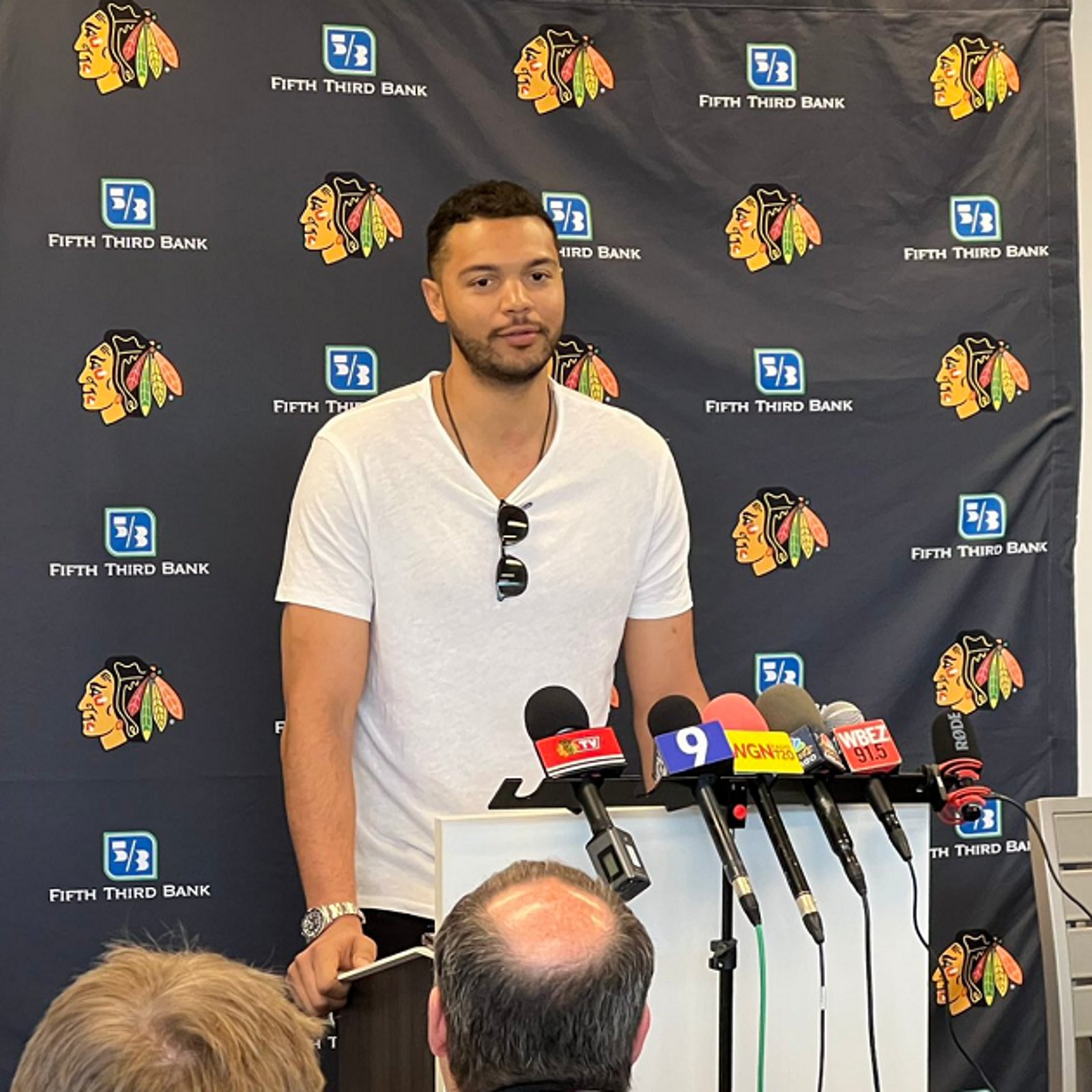
- Jonathan Larivee
Seth Jones' comments rub fans in Chicago the wrong way.
- NHL News
- 3 minutes read
